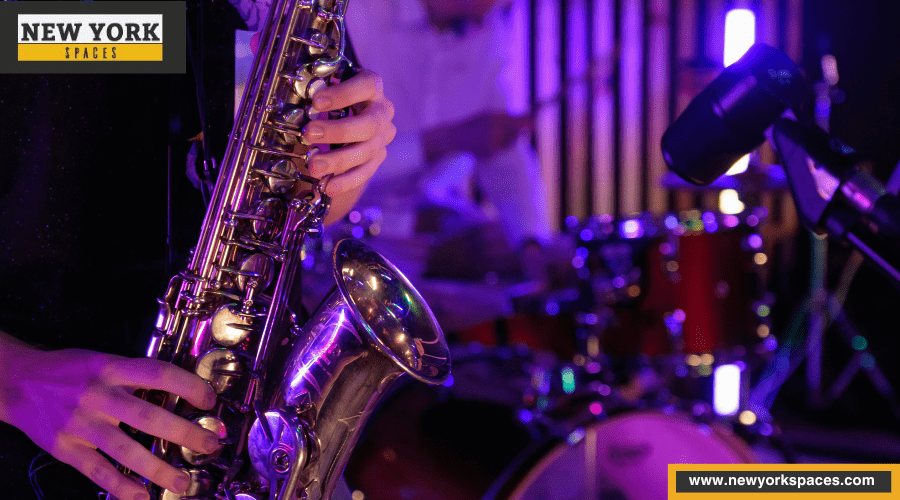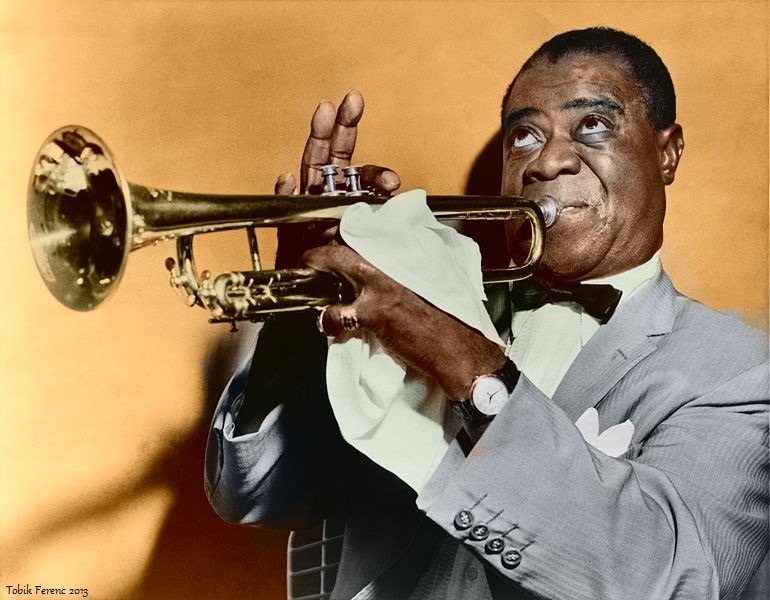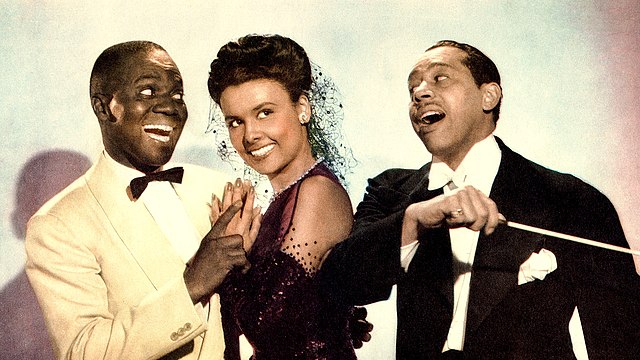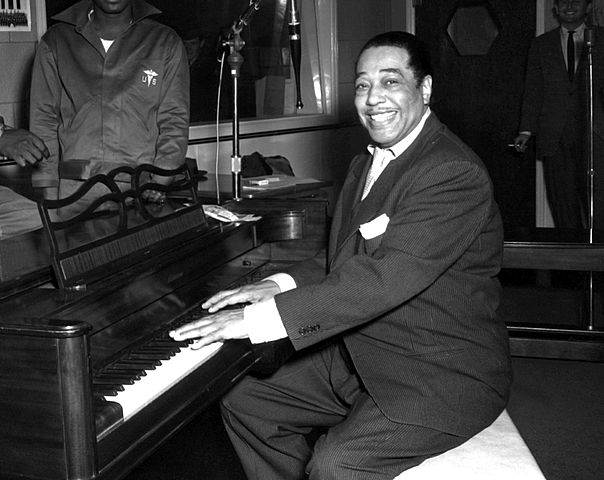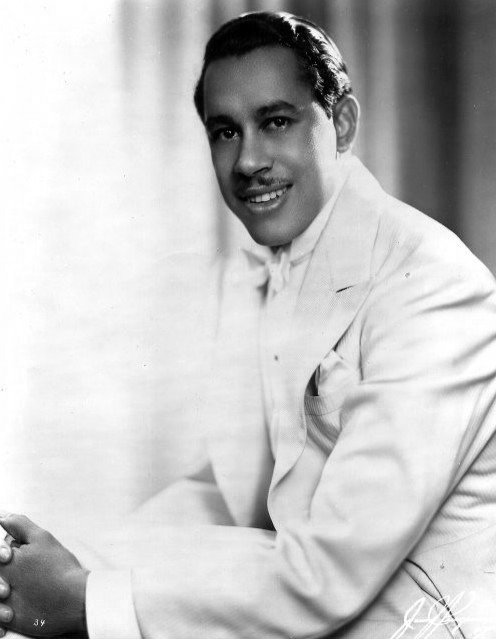The Harlem Renaissance redefined music. Louis Armstrong and Billie Holiday shattered norms. The Apollo Theater and Minton’s Playhouse weren’t just venues. They were the birthplaces of a new sound. Jazz and gospel merged here, sounding the call for change. Giants like Duke Ellington and modern voices like A$AP Rocky continued Harlem’s rhythmic legacy. Each note, each melody recounts stories of progress, struggle, and an indomitable spirit.
Key Takeaways
- The Harlem Renaissance in the 1920s reshaped music. Figures like Louis Armstrong and Billie Holiday emerged.
- Places like the Apollo Theater and Cotton Club were key in Harlem’s music world.
- Harlem’s sound, a mix of jazz and gospel, grew from spots like the Cotton Club and talents like Duke Ellington.
- Harlem gave us music giants such as Duke Ellington and Bessie Smith. They changed American music.
- Today, Harlem’s music lives on. It blends styles, from hip-hop to jazz fusion, with artists like A$AP Rocky leading.
Harlem Renaissance Influence
In the 1920s, the Harlem Renaissance remade music. It brought us legends like Louis Armstrong and Billie Holiday. Their music fought racial stereotypes and spurred social change. This era wasn’t just for Harlem but for America. It changed how we see Black Americans. Music was its soul, a tool for social and political fight.
Black artists made jazz clubs their stages. They showed their roots, fought the status quo, and sought equality. Their music was more than fun. It was about identity, strength, and hope. They paved the way for future music and movements.
This time was a group effort. It highlighted black culture’s richness and its lasting impact on American society. The Harlem Renaissance shows music’s power and the legacy of black artists who dared to dream and create, despite adversity.
Iconic Harlem Venues
The Harlem Renaissance deeply impacted music. Iconic Harlem venues have hosted performances that shape American music. Here are three:
- Apollo Theater: A symbol of Harlem, the Apollo hosted James Brown, Ella Fitzgerald, and Aretha Franklin. It’s more than a theater; it’s a place where stars were born and legends made.
- Minton’s Playhouse: A historic jazz club, Minton’s was the birthplace of bebop. It was a meeting place for jazz greats like Thelonious Monk and Dizzy Gillespie. Here, the future of jazz took shape.
- Cotton Club: More than a venue, the Cotton Club was a show. It featured Duke Ellington, Cab Calloway, and Lena Horne, showcasing top African American talent to an exclusive audience. It played a key role in Harlem’s music scene.
Showman’s Cafe and St. Nick’s Pub also merit mention, keeping Harlem’s musical legacy alive.
Jazz and Gospel Roots
Harlem took jazz and gospel into its heart, shaping a sound that echoes still. In the early 1900s, it became a jazz hotspot. The Cotton Club and Savoy Ballroom led this wave. Here, legends like Duke Ellington and Louis Armstrong grew. Their music left a lasting mark on Harlem.
Gospel music also thrived, especially in churches like the Abyssinian Baptist Church. It blended gospel’s deep emotion with jazz’s new beats. This mix became Harlem’s own, drawing local and wider attention.
Now, Harlem keeps its music alive with jazz and gospel festivals. These events keep Harlem’s music legacy strong and influential.
Musical Legends of Harlem
Explore the stories of Harlem’s musical legends. Duke Ellington, Bessie Smith, and others made history. Their music didn’t just play; it started a cultural wave that spread from Harlem’s streets. Picture the Cotton Club and the Savoy Ballroom. There, jazz and blues were more than music; they were lifelines.
Here’s what you need to know:
- Duke Ellington was more than a musician. He was a master, with over 1,000 pieces that filled the Cotton Club. His music was key to the Harlem Renaissance. It helped jazz grow.
- Bessie Smith, the ‘Empress of the Blues,’ brought unmatched depth to blues. Her Harlem shows left a lasting mark.
- Louis Armstrong and Cab Calloway changed jazz. Armstrong’s scat singing and Calloway’s Cotton Club shows became legend.
These legends shaped Harlem’s sound. They made it a place of musical innovation that echoes still.
Contemporary Harlem Sounds
Today, Harlem hums with life, echoing a mix of sounds from hip-hop to jazz fusion. It stands as a testament to its lasting mark on music. Artists like A$AP Rocky, Azealia Banks, and Dave East have risen from this vibrant space. They bring new life to Harlem’s rich music tradition. They mix soulful tunes with modern beats.
Harlem’s music does not stick to one genre. It blends hip-hop, R&B, soul, and jazz fusion. Each artist adds their own touch and creativity. This mix keeps Harlem’s music scene alive and exciting.
| Genre | Key Artist | Contribution |
|---|---|---|
| Hip-Hop | A$AP Rocky | Pioneering sounds and style |
| R&B | Azealia Banks | Distinct voice and deep lyrics |
| Soul | Dave East | Honest stories and emotional depth |
| Jazz Fusion | New Artists | Fresh sounds mixing old and new |
In Harlem, you find a world of sounds that keeps changing and leading the music industry. The neighborhood shines as a center of music and culture.
Frequently Asked Questions
How Did Music Have an Impact on the Harlem Renaissance?
Music shaped the Harlem Renaissance. Jazz evolved. Cultures fused. Nightclubs boomed. Art, freedom, and race redefined.
What Was the Legacy of the Harlem Renaissance?
The Harlem Renaissance ignited a cultural revival. It unleashed art, literature, and a wave of racial pride. Social changes followed. It shaped the economy, fashion, and nightlife.
What Is Harlem Known for Music?
You stand in jazz clubs, the Apollo Theater, with gospel choirs, soul sounds. You explore hip hop roots, music festivals, blues. Harlem swings with dance, culture, music.
How Did the Harlem Renaissance Influence Today?
The Harlem Renaissance sparked a cultural rebirth. It gave rise to artistic explosions, racial pride, literary achievements, and jazz innovation. This era influenced society, creativity, education, and global culture, impacts still felt today.
Conclusion
Traveling through Harlem, the Harlem Renaissance laid the foundation. Historic venues filled with jazz and gospel’s deep soul. Legends from these streets have changed music globally. Now, new sounds grow, still tied to this rich history. Harlem’s music shows resilience and creativity. Dive in, listen well, and take its spirit with you.

